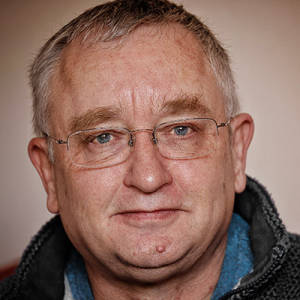Hawksbury Junction
The sun was blazing away at 6:15 when I had to get up this morning to drop my wife off at the station for an early train. At 9am the sky was still blue horizon to horizon. Shortly afterwards, clouds had arrived and it was feeling much cooler. So, I opted to head into Coventry to have look around the canal basin there. Sadly, today there was little to say although apparently it had been very busy all weekend.
Did a few images there and then drove back to Hawksbury Junction - where the Coventry Canal meets the Oxford Canal.
The Oxford Canal was built in the 1760s by the renowned canal engineer James Brindley as a contour canal to minimise the number of locks along it's route. There were ongoing arguments regarding commercial arrangements with the Coventry Canal which stretched only 10 miles when first constructed.
When the two were first built, the junction was about a mile further towards Coventry at Longford There were several disputes between the two canal owners. Resolution was achieved when it was agreed that the Coventry Canal should be extended to Fradley to the north west and then on to the Trent and Mersey Canal. This allowed a much faster route from London and the south up to the far north of the country. This junction was one of the busiest intersections in the canal network. It meant that boats didn't have to go into and through Birmingham so saved valuable time.
The old junction at Longford was moved to this stop-lock which was built in 1803 and has a rise of just 8" - the smallest lock rise anywhere on the UK canal network.
As was often the case where two canals owned by different businesses met, there was the issue of tolls and also the preservation of water. The Oxford Canal was built slightly higher to prevent the 'theft' of water from it's system into the Coventry Canal.
Sutton Stop is where the boats stopped and were measured for their draft to determine the weight of their cargo which then converted into the toll payable to transit the canal. It was a serious business.
Sutton Stop conveniently is right in front of the Greyhound pub. A traditional canal inn, but which sadly is undergoing redecoration.
The Coventry Canal had a number of coal mines along it's length to the north with several within just a mile of where this photo was taken. It is these mines that provided much local trade for the canal. While the mines themselves are long gone, the loading docks for some are still visible.
Canals were the arteries for business in their day and revolutionised trade. This lasted for another 60+ years before the railway revolution started. The railway engineers took note of what many of the canal engineers had done and built their tracks alongside the canal systems because they were often flat for long distances. Steam engines couldn't cope with slopes, so the routes of the canal system proved a great benefit.
This image is of that Oxford Canal junction lock.
The extras are of the canal basin in Coventry including the statue there of James Brindley
- 3
- 0
- Canon EOS R5
- 1/60
- f/10.0
- 24mm
- 160

Comments
Sign in or get an account to comment.


